Autumn is the best season to appreciate spiders, when seasonal dew turns garden webs into a glittering display.
Spiders are more visible in autumn because most of them are looking for a mate, having reached full maturity towards the end of their commonly one-year life cycles.
Love them or loathe them, many garden spiders may be found inside the house as autumn progresses. If you're not keen on spiders, the smell of citrus such as lemon or orange is thought to repel them in a wildlife-friendly way.
- Moth guide: common types, amazing facts and why they matter
- Butterfly guide: common types and when and where to see them
- Dragonfly guide: delve into the mysterious world of these incredible insects
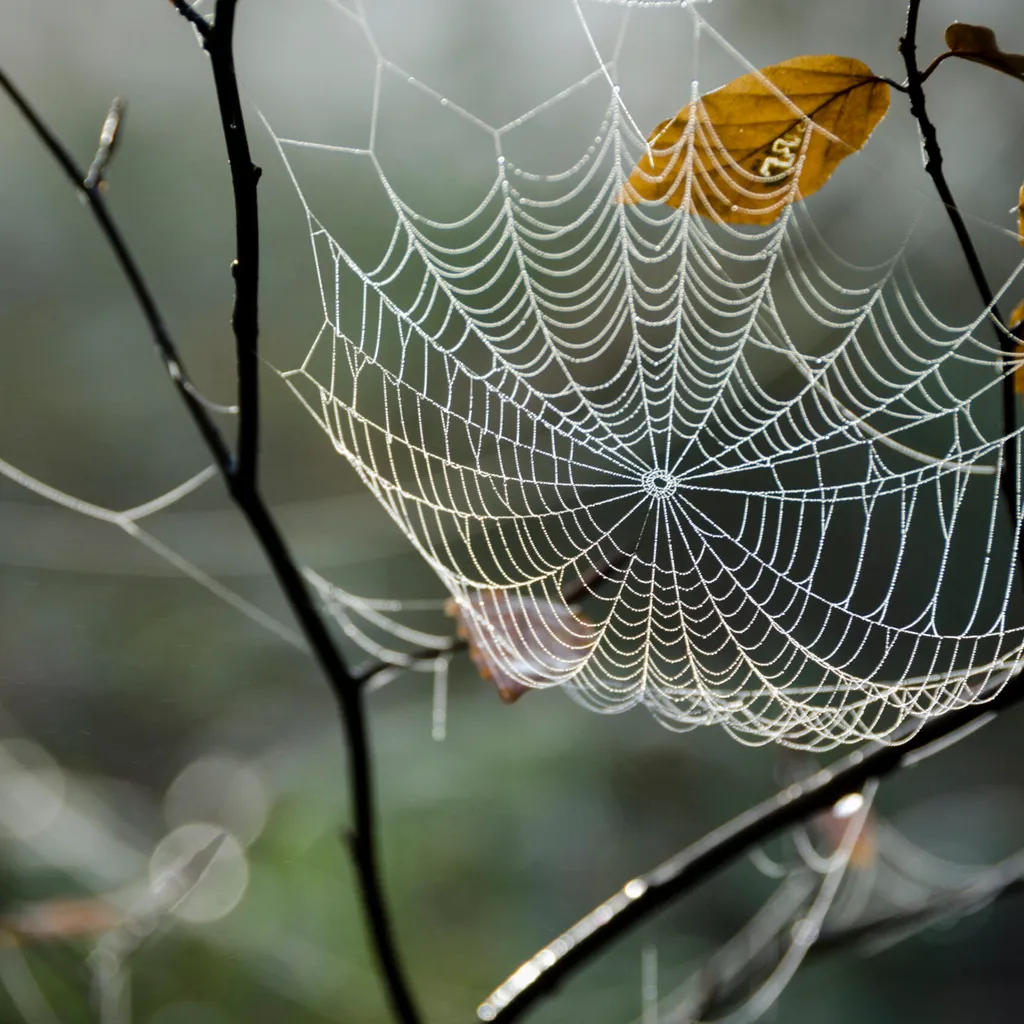
What attracts spiders to the house in autumn
As temperatures outside cool, many invertebrates including spiders are drawn towards the warmth of the inside of houses from our gardens, sneaking under doors and under roof tiles. They make webs in corners of rooms, under furniture and around window frames to catch insects that are also attracted to the warmth.
How do you keep spiders out of your house?
There is no easy way to prevent spiders from entering your house. They are harmless and, indeed, may provide a service by ridding you of unwanted flies and other insects.
How about the centuries-old method of using conkers to repel spiders? There's no evidence to say it works. There are many pesticide sprays that you can use to kill insects and spiders but we would not recommend the use of chemicals. At night, try not to leave windows open in rooms where lights are on – these attract insects, which then attract spiders.
The most humane way to capture a spider is to trap it beneath a wide-rimmed glass and then slide a piece of card under the glass to make a lid and contain the spider inside. Then release the spider unharmed into the garden.
Do spiders crawl up plugholes?
No. They occasionally fall into sinks and baths and then cannot climb up the steep, smooth sides.
How long do spiders live?
Most species of spider in the UK live for a year or perhaps two. Those that live indoors with fewer predators are more likely to live for two or three years.
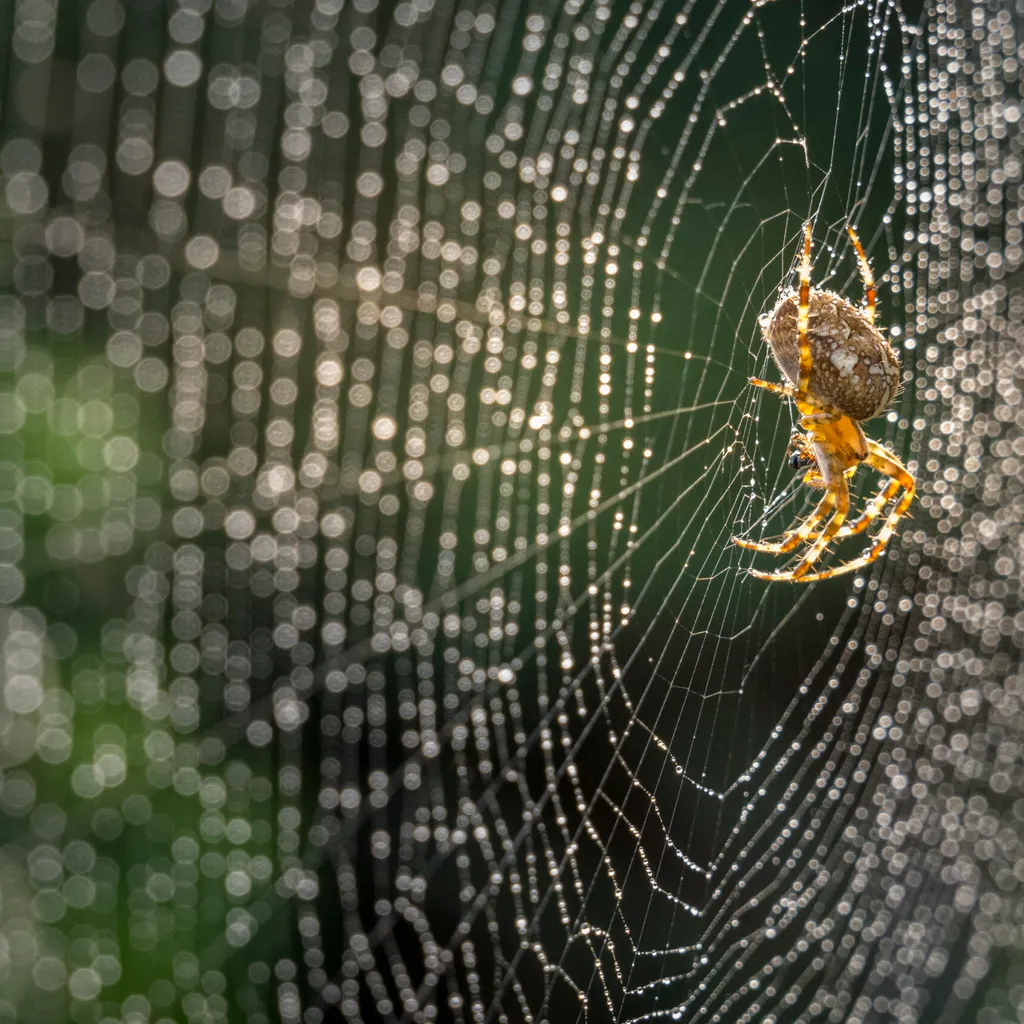
How many eyes do spiders have?
UK spider species usually have eight eyes, though some many have six or even less. You would assume this meant they have excellent vision, but they don't. With poor eyesight, spiders tend to rely on touch, taste and vibrations to move around and find food.
Can you be bitten by a spider in the UK?
According to the Natural History Museum, there are 12 species of spider in the UK that could bite you – and only 2 or 3 of these can cause any significant pain. None cause any long-term harm. Spider bites are rare and only happen when the spider feels threatened and trapped – such as when trodden on or picked up.
How many species of spiders are there in Britain?
There are 650 species of spider in the UK.
What species of spider are found in the UK?
Garden or diadem spider (Araneus diadematus)
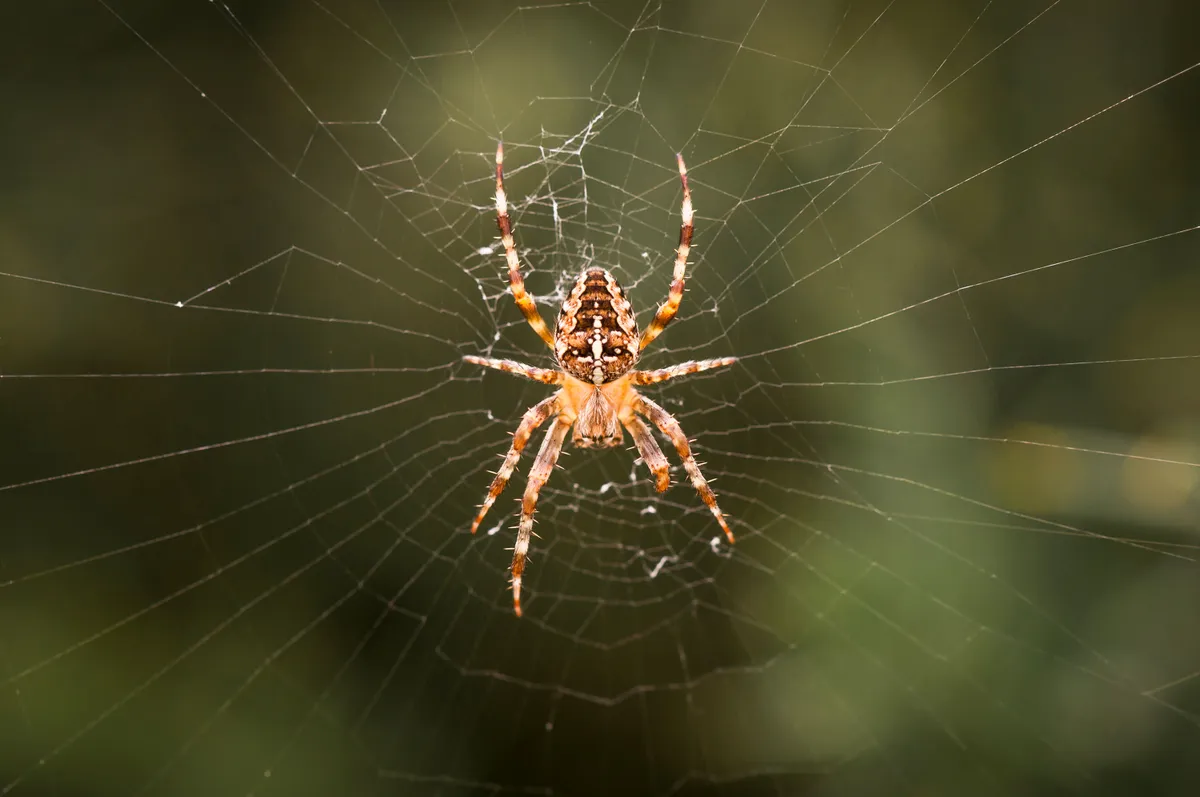
Named for the diadem on its back (a pale circle and four radiating gleams), this has many colour forms including brown, yellow-green and orange. It spins spiral webs along hedges and between tall stems and sits in the centre waiting for prey to become entrapped. Body length up to 18mm.
- Diamond spider returns from the dead
- British wasp guide: how to identify, lifecycle and why wasps sting in autumn
- Guide to UK insects that bite and sting: how to identify and avoid being bitten
Four spot orb-weaver (Araneus quadratus)
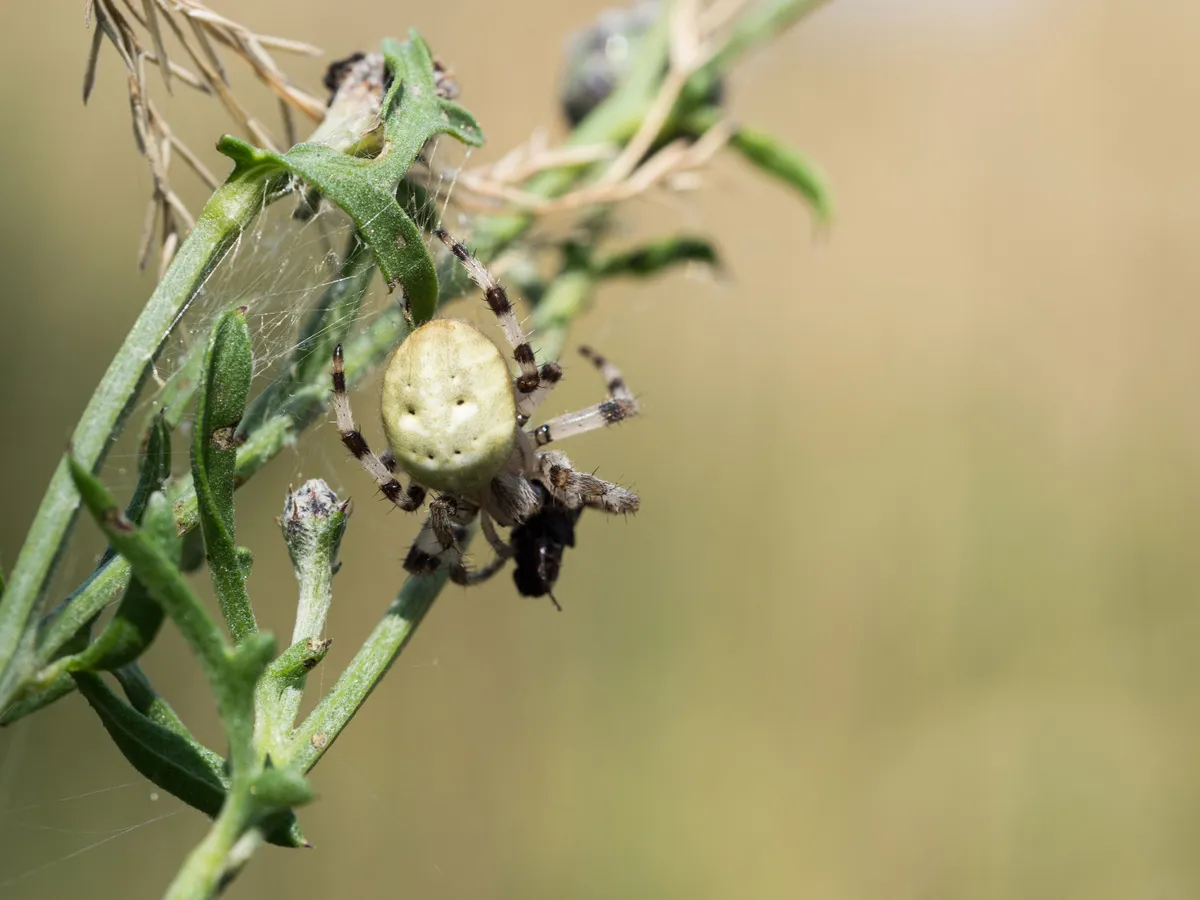
Plumper, broader, rounder than the garden spider, with four indented dimples on its abdomen, usually outlined with four white spots but very variable. Up to 17mm in length. More usually found in grassland and heaths – webs are stretched between plants with a funnel retreat at one side. The heaviest British spider. Makes webs in long grass and dense shrubs.
Bridge orb-weaver (Larinioides sclopetarius)

Elegantly marked, this has velvety grey-and-white colouring (brown hints sometimes) and an undulating white line down each side of its abdomen. Its webs are over water on bridges, lock gates and wharves. Head and body up to 14mm in length.
Water spider (Argyroneta aquatica)
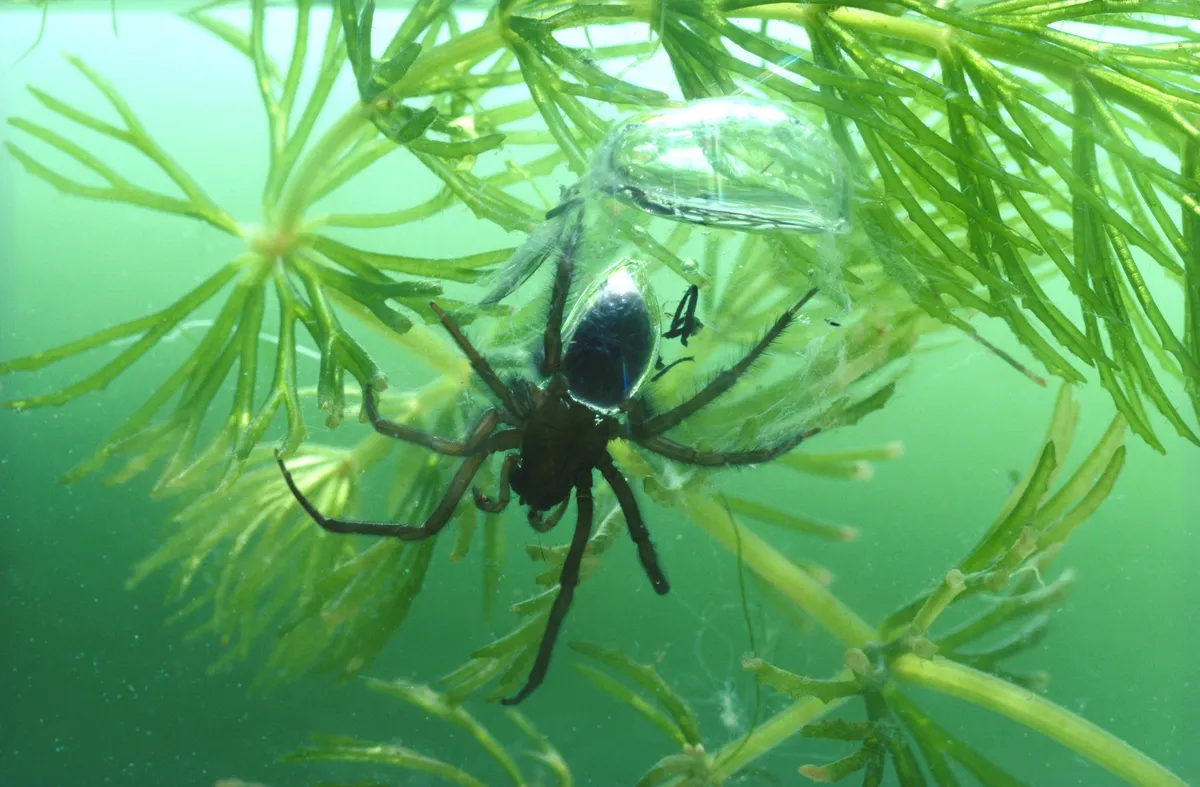
Britain’s only subaquatic spider is reddish brown and grey, streaked, but appears silver because of an air bubble over its abdomen. It makes an air-filled silk-stranded diving bell in pond and stream weeds. Head and body 15mm.
False widow (Steatoda nobilis)

Of the three false widow species in the UK, this is the largest – females have a head-body length of 14mm. Glossy black, sometimes with pale crescent on front of abdomen; male has pale mottled fleur-de-lis mark on back of abdomen. It makes a scaffold web in sheds and can give a painful nip if picked up. So don’t.
Walnut orb-weaver (Nuctenea umbratica)

Glossy dark-brown above, fawn at edges, separated by undulating pale line on each side of abdomen. Broad and distinctively flattened, it hides in cracks in fenceposts or under tree bark by day and spins web at night. Body up to 15mm long.
Wasp spider (Argiope bruennichi)

Unmistakable, massive, barred black-and-yellow female; the male is smaller, narrower with orange abdomen. Its low web in long grass has a broad vertical stripe of fuzzy white silk. Grasshopper predator. Head and body up to 18mm.
Raft spider (Dolomedes fimbriatus)
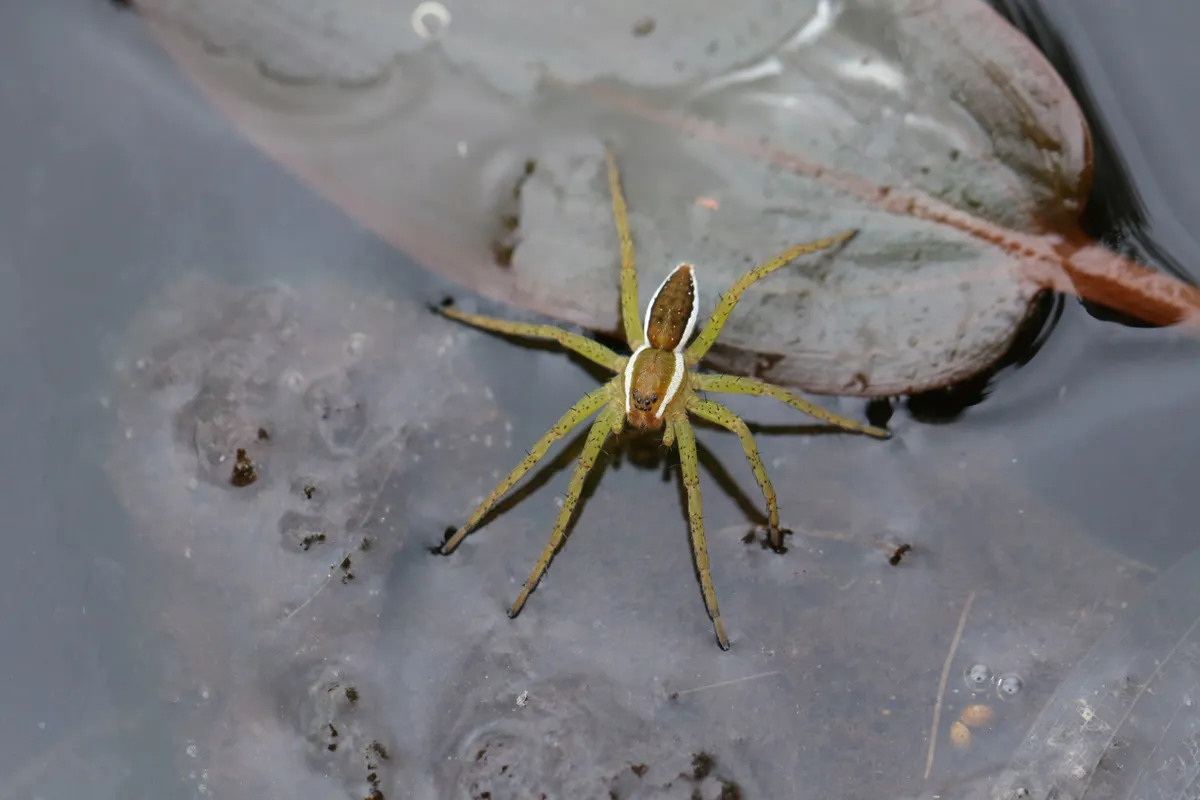
Huge and dark chocolate brown, this is edged with two contrasting yellow-white stripes down sides of abdomen; legs are paler. Common in lowland wetlands, fens and boggy upland moors, it walks on water. Head and body up to 20mm long.
Giant house spider (Tegenaria gigantea)
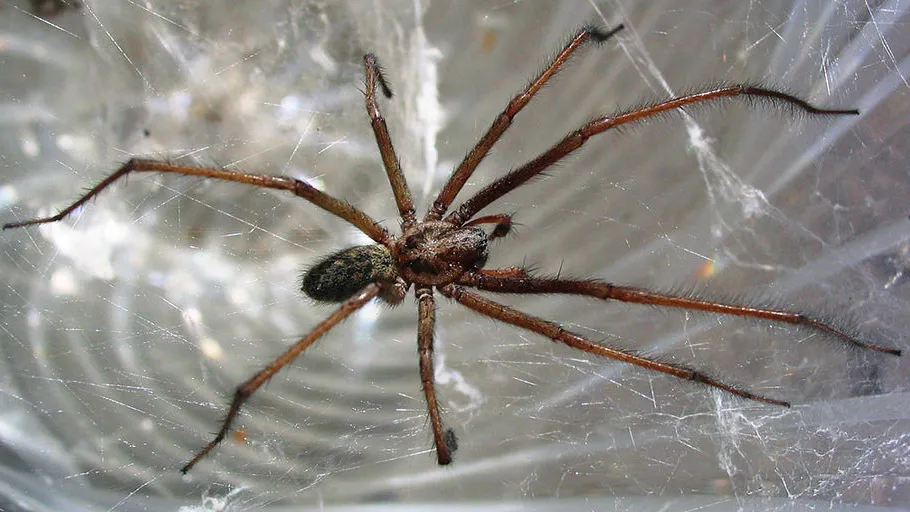
A large brown or grey spider with a leg span of up to 8cm. It chevron marked body maybe an impressive 16mm (incl head). It makes an untidy web with tubular retreat behind furniture or loose skirting, but also under logs and in hollow trees – its original habitat. Can scuttle up to 50cm per second.
Zebra spider (Salticus scenicus)
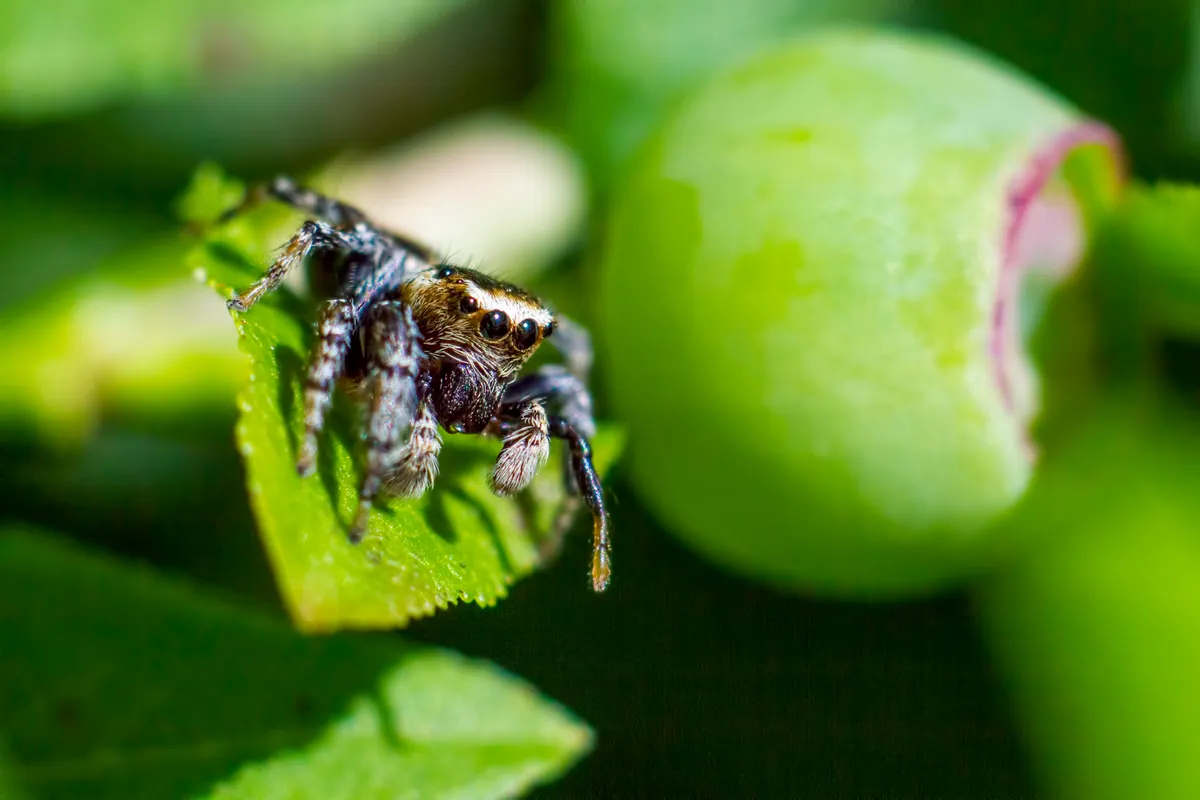
A common spider of garden and homes that doesn’t weave a web. Instead it ambushes insect prey by jumping on them. Its 7mm long black and white striped 'zebra; body is comparatively large compared to its short legs, which are designed to spring the creature into the air.

